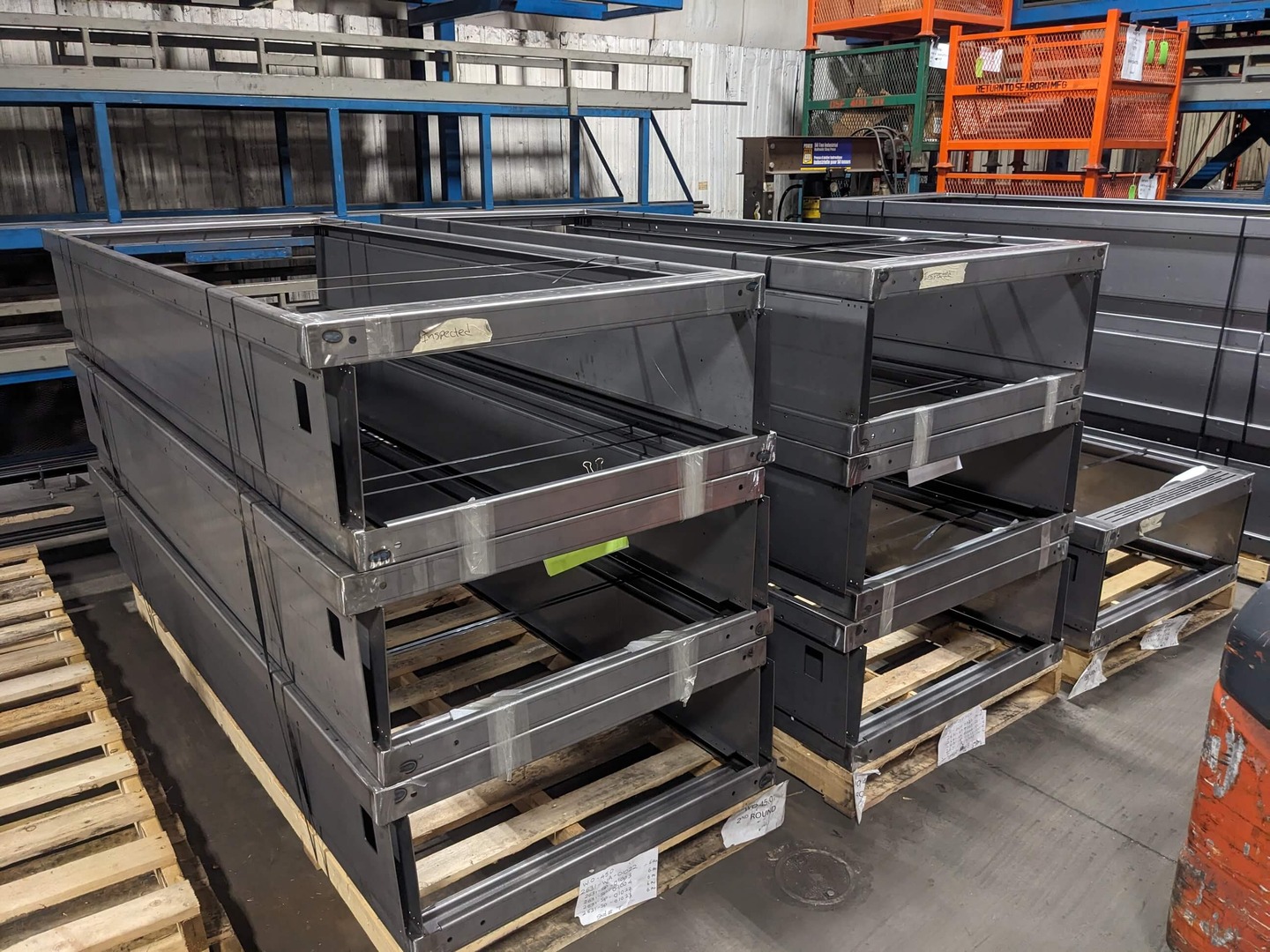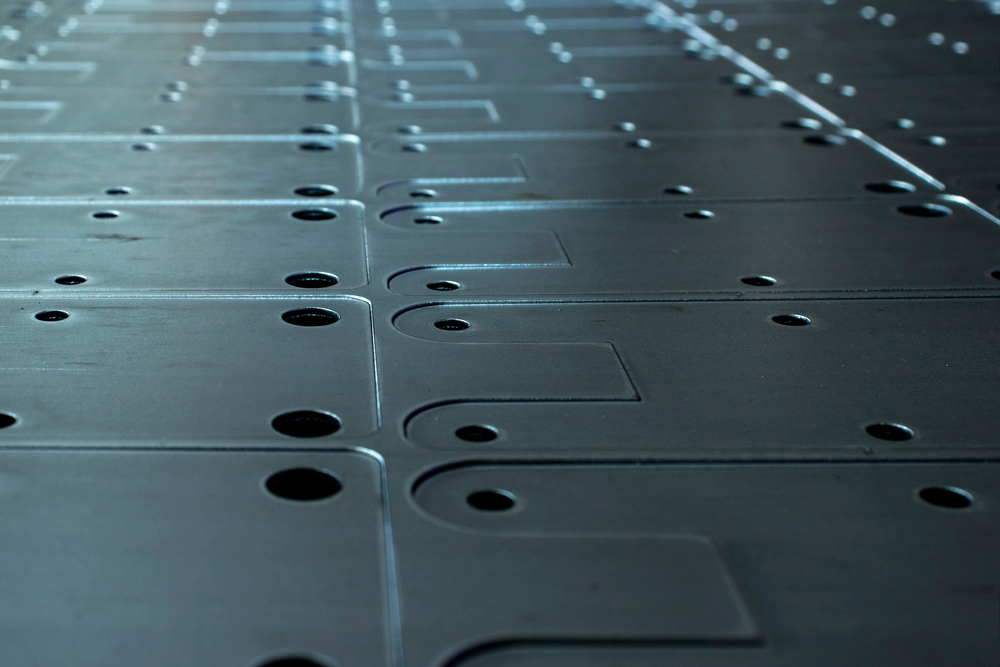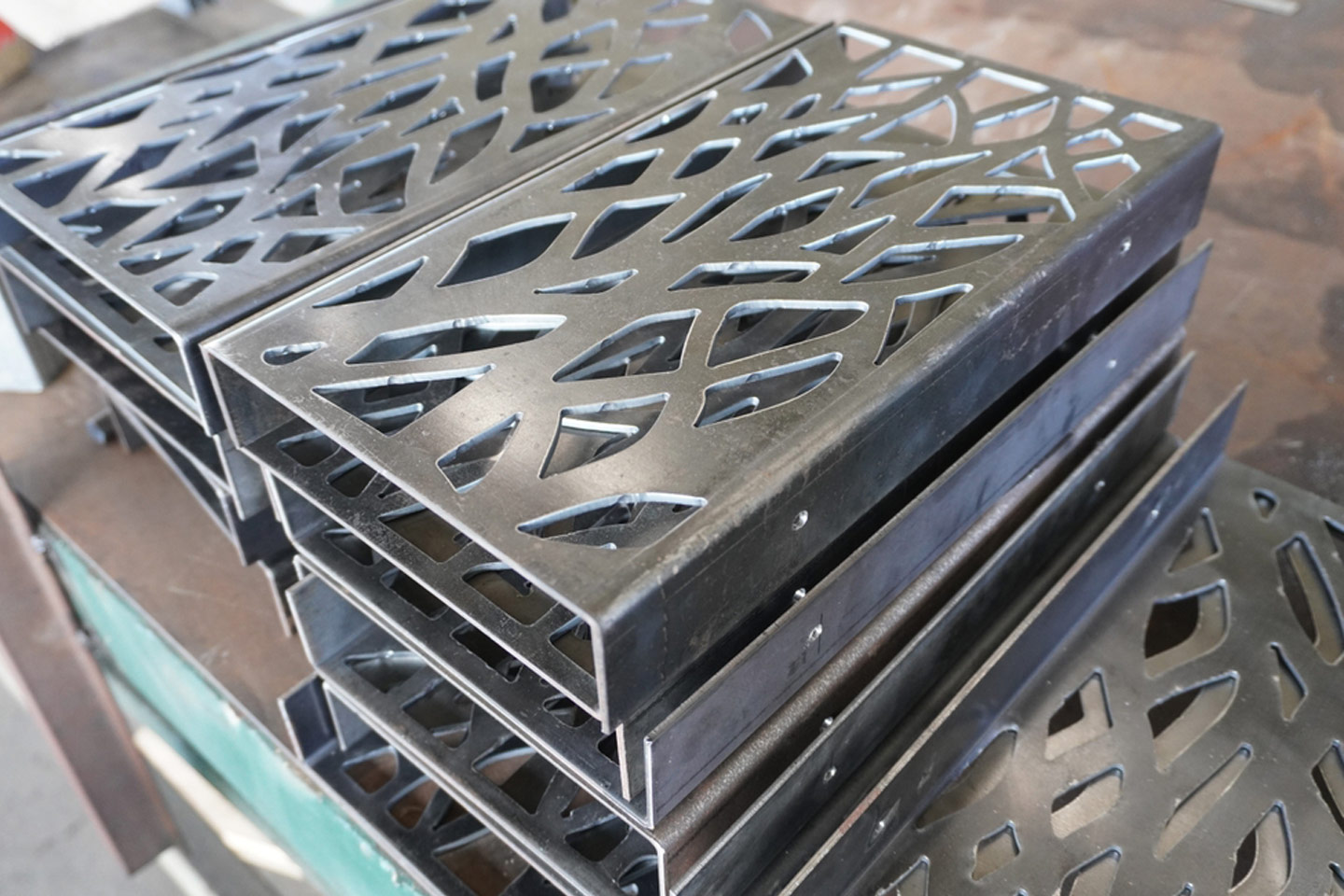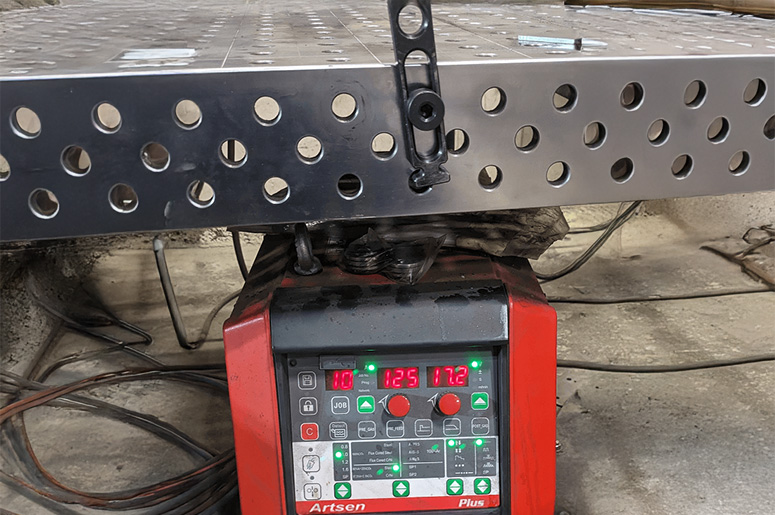Modern solid-state MIG (Metal Inert Gas) welders and traditional transformer-based MIG welders each offer unique advantages and some limitations. Making the correct choice between them is an important consideration for metal workshops and welding professionals. As welding technology has evolved, solid-state inverter-based MIG machines have gained popularity due to their efficiency, precision, and adaptability, while transformer-based MIG welders remain valued for their durability and reliability. Understanding the key differences between these technologies helps welders select the right equipment for their specific applications.
Arc Stability and Welding Performance
The advanced electronics and control boards of a solid state MIG welder allow for superior arc stability and control. These machines dynamically adjust to changes in torch distance, and material condition. They not only control wire feed speed, and voltage, but the frequency of the waves, wave formation, and pulse. This results in smoother and more consistent welds. A solid state MIG is more likely to have features that provide better material penetration, limit the need for unnecessary heat, and reduce the spatter. Many metal works shops count on the modern features of great solid state MIG.
Transformer-based MIG welders, while able to produce high-quality welds, they require manual adjustments and do not respond as quickly to changing welding conditions. They offer very little in the way of advanced wave form and pulse control. They do not have features that ramp up to start and ramp back down to finish.
Efficiency and Power Consumption
One significant advantage of solid state MIG welders is their energy efficiency. These machines use advanced inverter technology to regulate power output, reducing energy consumption. Compared to transformer-based MIG welders, which rely on large, heavy transformers to convert electrical power, solid-state machines operate with significantly higher efficiency. This reduced energy demand lowers operational cost and also minimizes heat generation, which can contribute to longer equipment lifespan.
Weight and Portability
Transformer-based MIG welders are known for their heavy, bulky tank like construction due to the large copper and iron transformers inside. This makes them challenging to transport and limits their use in remote welding applications. Solid-state MIGs by contrast utilize lighter electronic components, making them more compact and portable. For welders who need to work in multiple locations or require easy maneuverability, a solid-state MIG welder may well be a clear choice.
Duty Cycle and Heat Management
Duty cycle—the amount of time a welder can operate within a given period before needing to cool down—is another critical factor. Solid-state MIG welders generally have higher duty cycles compared to transformer-based models of the same power rating. The efficient power conversion in inverter-based welders generates less internal heat, allowing them to run longer without overheating. In contrast, transformer-based welders generate more heat and often require extended cooling periods, limiting productivity in high-volume welding operations or requiring a higher rated amperage machine for the same job.
Cost and Longevity
While a good solid-state MIG welder tends to be more expensive upfront, they offer cost savings in the long run due to lower energy consumption, and improved performance. Transformer-based welders, on the other hand, have fewer electronic components and are known for their rugged construction, often lasting for decades with proper maintenance. However, their lower energy efficiency and bulkier design can make them less appealing.
In today’s world many very basic solid state MIGs cost less than a transformer based MIG. These low cost machines are not generally capable of many of the features that make soldi state MIG great.
Applications and Suitability
For industrial and heavy-duty applications where durability and high-amperage output are critical, transformer-based MIG welders continue to be a reliable choice. They excel in shipbuilding, and structural welding environments where machine weight and energy efficiency are less of a concern. Solid-state MIG welders, however, are better suited for precision welding tasks, and even field welding where arc control is paramount.
Conclusion
Both solid-state and transformer-based MIG welders have their place in the welding industry, with each type offering benefits and issues depending on the application. Solid-state MIG welders shine in efficiency, portability, arc stability, and adaptability, making them ideal for modern welding operations that require precision and flexibility. Transformer-based MIG welders, while heavier and less energy-efficient, remain valued for their durability and ability to withstand harsh industrial conditions. Choosing between the two ultimately depends on the specific needs of the welder, the nature of the work, and the long-term investment considerations for productivity and efficiency. It is a decision that divides metal workshops.
At Seaborn we strongly prefer solid state welders and all the capabilities they bring to the plant.







